There is a lot of whining associated with colours and Europe’s birds.
[Pause]
Let me re-phrase that: The terms “colours” and “birds” are scarcely ever associated with each other in Europe – except in the context of mutual exclusion.
This it is not entirely fair and far from … [pause again] … well, not very close to true. We have avian beauty right in our European back yards as well, and need not seek cover when encountering birders from far-away shores.
Yes, hurrah, we have the Paridae, and the best of their kind.
Take a look at this little Blue Tit and admit that you have never seen a more pathetic picture of a bird that combines the colours blue, yellow, green, white, and black in the most marvellous way you have ever seen:
Recent research has shown that Leonardo da Vinci showed a Blue Tit to his model while he painted the smile on “Mona Lisa”. Which is something birders had known all along.
BAM !!!
Huh? What was that noise?
Oh no, look behind you: the door fell shut.
And look around you: the walls are closing in.
You are trapped! Scream treachery and treason!!
Mwahahahahaaaaaaaarrrrhh *cough, cough* *sips at his coffee*
Right…
I am told candy is a virtue and have thus lured you into this post with a bit of eye candy before unveiling to you my virtuous scheme of turning 10,000 Birds into an all gulls, all the time blog.
Yes, it is true: this post will also be about gulls, and you’re in too deep now to get away. Your ship has been sucked into the Maelström, and there is no barrel floating near you to save your soul.
This is what I have brought you here for to face:
Yes, Gothic Gulls.
While writing my little piece on gulls last month, I noticed one particular and peculiar thing about them: they all share the secret of a dark youth. Now you probably think this post will explore the morbid and Acheronian abyss that is the ageing and identification of immature gulls. Which, of course, is entirely wrong. No, I shall not – for now – elaborate on the horrible things we have done to gulls, or rather done to ourselves vicariously through analyzing them. Instead, I shall uncover the darkness that comes from within the birds themselves.
This claim of radiant darkness in the Laridae may surprise many, because even on closer inspection there is nothing dark or gloomy about the gulls themselves.
Really? Are you quite sure that sentence should not include “their appearance” and “apparently“?
Let us for once judge a book by its cover, and take a thorough look at a Black-headed Gull in breeding plumage.
Everything about this fine and pristine adult Black-headed Gull says business: clean white silk shirt, satin-grey sports jacket, black shoes. The pair of classy, low-key glasses gives the bird a modest, yet captivating air of intellectuality. This gull could sell a building loan to a Kyrgyz yakherder in a yurt camp.
A fine Larus lass: pure elegance and style. A subtly bleached blond with fine dark highlights, orange mascara to really bring out those sparkling yellow eyes, and red lipstick. She has apparently been eating dark chocolate, and how sweet is that?
.
.
.
Oh, gulls can be so smooth, so successful and sleek, with their white and shiny exterior, and their tidy and fashionable appearance. They are dressed for success.
But let me tell you something: gulls are not what they would like to make you think they are. Gulls are deep and meaningful creatures. In the finest tradition of Romanticism, gulls dwell in the mystic world of dark and morbid imagery and emotions, which is expressed in often eroticized ways of aesthetic self-dramatization*. But self-dramatization is the privilege of youth, and it has no place in a competitive world where grown-up gulls have decided to adapt and comply for the sake of security and prosperity.
How do I know of their Gothic moods when they have hidden them so well in an egg-white shell of conformity?
It is the claws that give them away, their black nail polish. The tips of their fingers is where the last fragment of their former Gothic self is maintained.
Not surprisingly considering their nightly communal roosts and their preference for the dark seas and the endless firmament, the Goth subculture is particularly popular within the Laridae. As a matter of fact, all the gulls I checked had black nails.
Really? All of them?
Here are a few examples from my picture archives:
Black-headed Gulls – or Black-haired Gulls? Shown here in their winter pallor
European Herring Gull – or European Harrowing Gull?
Greater Black-backed Gull – or Greater Black-dressed Gull?
Ring-billed Gull – yes indeed. Nice piercing, dude!
Gulls move in mysterious ways.
And I haven’t even started to write about ageing them …
What are your experiences, and what is the colour of the claws on your local gull species?
.
* Thanks, Wikipedia!

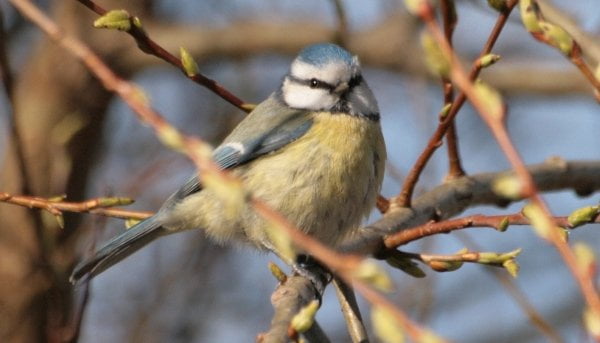

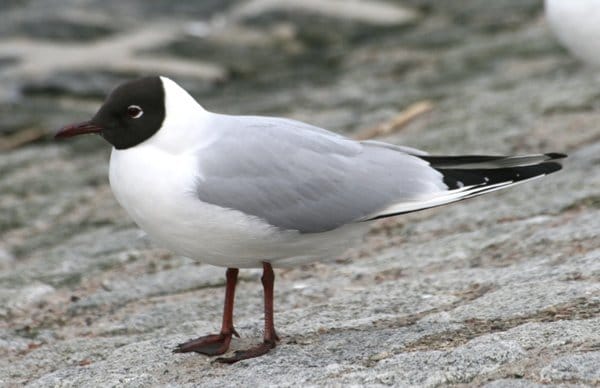
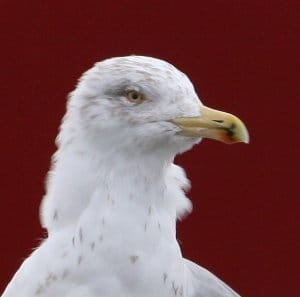
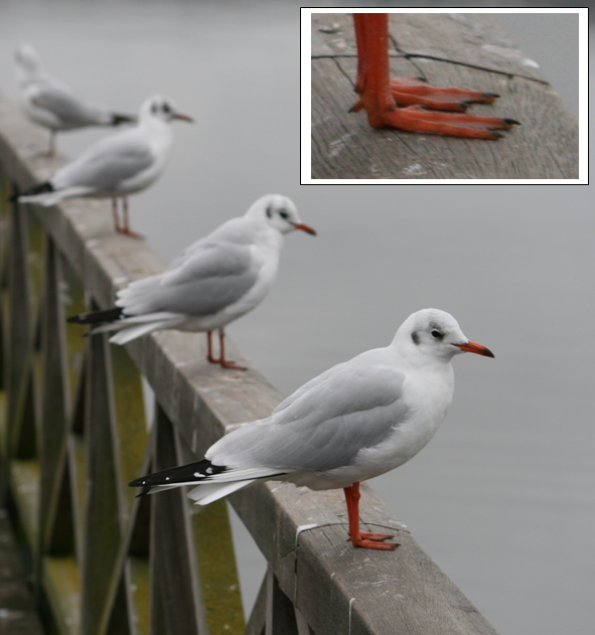
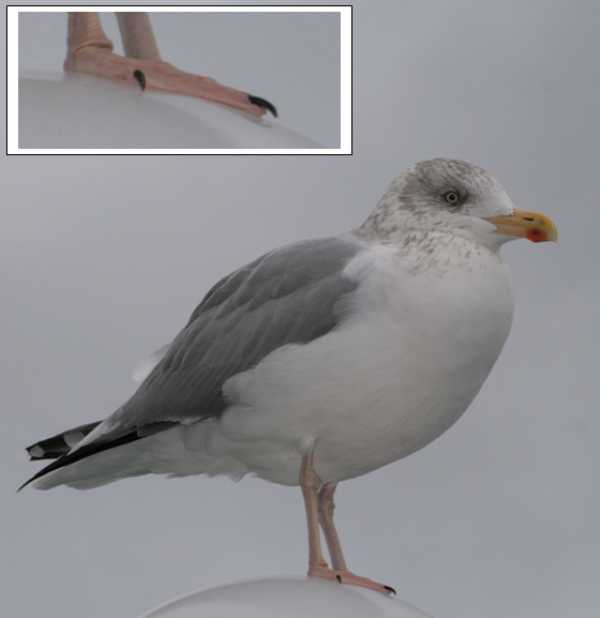
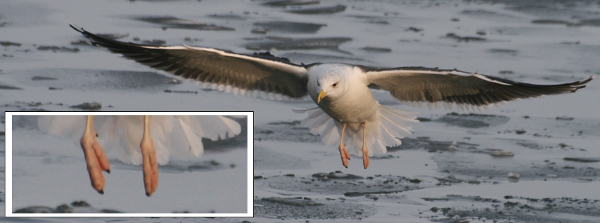
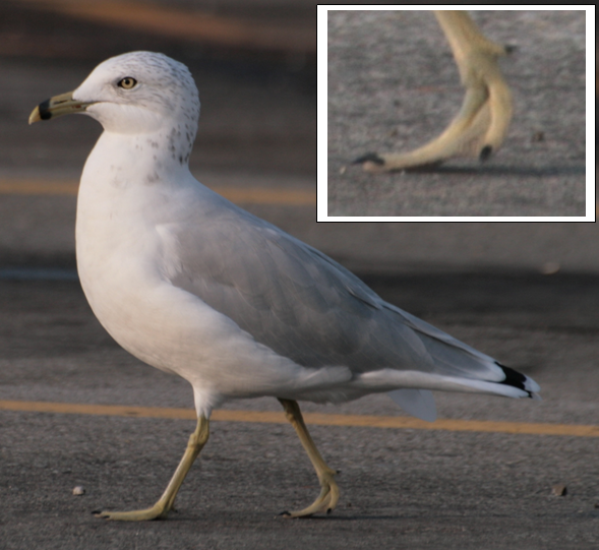










I love it! Maybe if you showed these photos to some teenagers, they won’t think dressing in goth is quite as cool.
I thought we were just doing “gulls and ducks” now and if I want I can throw something else in each week! I think Renato is allowed to do other birds as well:)
Sorry, but our Australian Silver Gulls just can not be bothered being any different and they also have black nails.
Jochen – you have some fantastic wit! Such a fun post. 😉
Still smiling, thanks to your having used the word “Acheronian” in a gull post!
Witty representation of gulls. There are none where I live, however hope to see them when i travel to coastal areas. Would have read about them minus the eye candy part 😉
Good thing you did not take your pictures at the local dump. The “clean white silk shirt” would look out of place, I guess
Thanks for the post!
I believe the origin of darkness in gulls is their relationship with crows. Their influence on each other is quite obvious really–they hang around together all the time at landfills and such, competing for food. Perhaps what determines the ultimate bird is how goth they are. If this is the case, crows attempt to compensate visually, and gulls internally. I wouldn’t be surprised if the gulls attempted to imitate the exterior darkness of the crows via personality and toe nail polish. But it up to the reader to decide which is more goth.
I Love your writing style…not to mention Blue Tits, Gulls, and a secret Goth fetish. Excellent post, I look forward to more.
@all: I am sorry to respond so late, but I have actually been offline for the past week or so – yes, as incredible as it may sound, this still happens on occasion in the 21st century!
@Mike B.: glad you like it! And I think the reason for dressing black is to be counter-cool, something I sympathise with. But I do prefer colours – on birds and people alike.
@Clare: It’s actually “Gulls, Ducks & Deadly Critters”. And yes, Renato is the only one allowed to throw a couple of completely unknown and bizarre, unrealistically colourful bird groups into the mix.
@Dan: thanks so much!!
@Rick: it was an obvious connection to make: Hades – Acheron the “river of pain” – and gulls. Very glad you like it. The eagle owl is still sitting tight on the nest.
@Pallavi Chitnis: Thanks! The eye candy was the bonus, like the dessert served before the main course. And definitely take a look at gulls. They are beautiful – so long as you do not look closely. Then they get dangerous! 😉
@Laurent: ever heard of the “garbage mafia”? Here in Germany, where garbage is a costly thing to get rid of, it’s big “sleek and white-collar” business. But dark at the core.
@Jakob: whoa, you are perfectly right! How did that escape me??!! I remember a scene in Bernd Heinrich’s epic book “Ravens in Winter” where he follows up a hint from a local guy that there are many Ravens at the local dump, and the guy finishes with the words: “By the way, we call them seagulls.”
It all makes sense now! 🙂 🙂
@Jack: thanks very much – that is a beautiful thing for a non-native speaker to read. Highly appreciated. And you are entirely right about the love of all the other things you mention… 😉